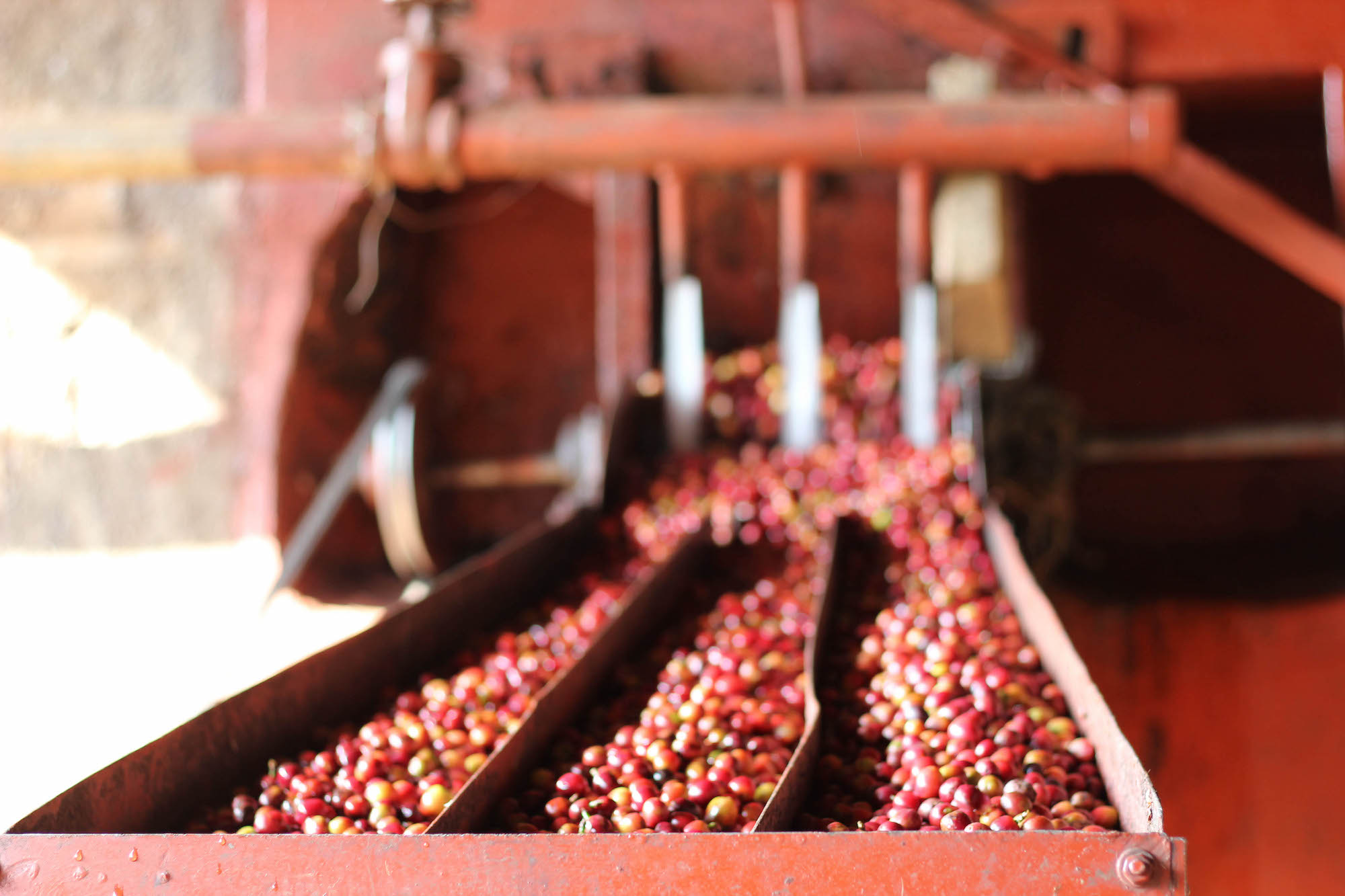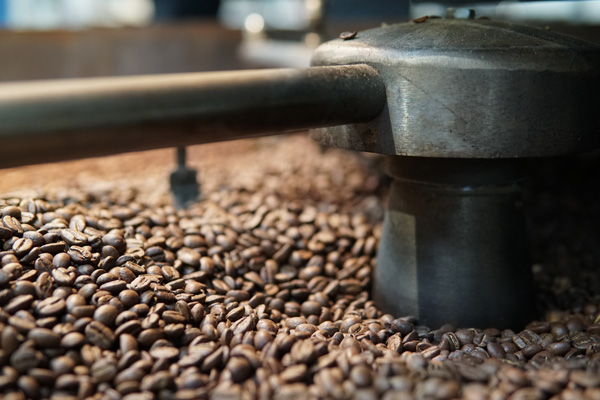Challenges and opportunities in the coffee industry
Why?
We love coffee, it is the world’s favourite beverage. But the global coffee industry is a massive and unfair business with inherent sustainability issues.
It is basically built on an extraction model taking cheap labour for granted and depleting natural resources.
When we brew a cup of coffee, we make use of less than 1% of the nutritional value in coffee. We want to change that and utilize the last 99%.
Coffee issues
While coffee is a multi-billion USD industry, prices paid to coffee farmers are often so low that farmers in many cases are operating at loss:
- They struggle to have an income that covers basic needs, such as healthy diets, education, housing, and healthcare.
- Farmers can’t afford to pay fair wages, reinvest in their farm, or produce sustainably.
- The coffee sector is ageing, young people are not continuing their family farms.
The way most coffee is produced today is a significant driver of both climate change and biodiversity loss. The environmental side effects of unsustainable farming are among others water pollution and contamination of waterways, poor or no waste management, greenhouse gas emissions, degrading ecosystems due to deforestation and monoculture.
But we can change this.
While coffee is a wasteful business it entails opportunities, too. Today, we make use of less than 1% of the nutritional value of the coffee plant. Most of the coffee plant is wasted, just to extract the bean. A lot of that waste occurs at farm level, where it pollutes soil and groundwater. Experts estimate that 9 million tonnes of fruit pulp are thrown away.
This calls for a circular transformation of the industry, and that is what we have set out to do.
Circular opportunities
The coffee sector is estimated to exceed $200 billion per year and demand for coffee has increased by 65% during the last two decades.
Experts estimate growth in coffee demand will continue with new markets as for example China are growing significantly.
At the same time, the supply of coffee is under severe pressure from among others climate change,
inefficient and low-tech farming methods, and the low prices paid to farmers.
We cannot continue to waste potential. Let’s go from extraction to regeneration and use all resources available in a meaningful and sustainable way.
Examples of opportunities are plenty, for example:

FARM LEVEL:
Circular opportunities
- The integration of trees on farm increases biodiversity, makes coffee farms more robust and diversifies farm income. Regenerative agriculture requires less agro-chemical input, which is the main climate-culprit for coffee
- Rainwater can be harvested, and wastewater filtered and recycled. This lowers the water usages and prevents pollution.
- Finding ways of upcycling cascara, for example as fertiliser, tea, or to make high-value products. This increases the farm income.


PROCESSING:
Circular opportunities
Relying on renewable energy instead of fossil fuels lowers the climate impact of coffee processing. Bioenergy can be a way to generate energy from coffee waste.
Coffee waste and silverskin contain high levels of caffeine, antioxidants and fibres and can be upcycled.

CONSUMPTION:
Circular opportunities
- The spent coffee grounds hold 99% of the nutritional value from the coffee bean and can be transformed into new ingredients for cosmetics, and foods.
- We drink a lot of our coffee on the go, thereby generating waste that is usually hard to recycle. By developing compostable coffee cups, or implementing a pant system, we reduce the input of non-renewable resources and keep materials in the loop.




